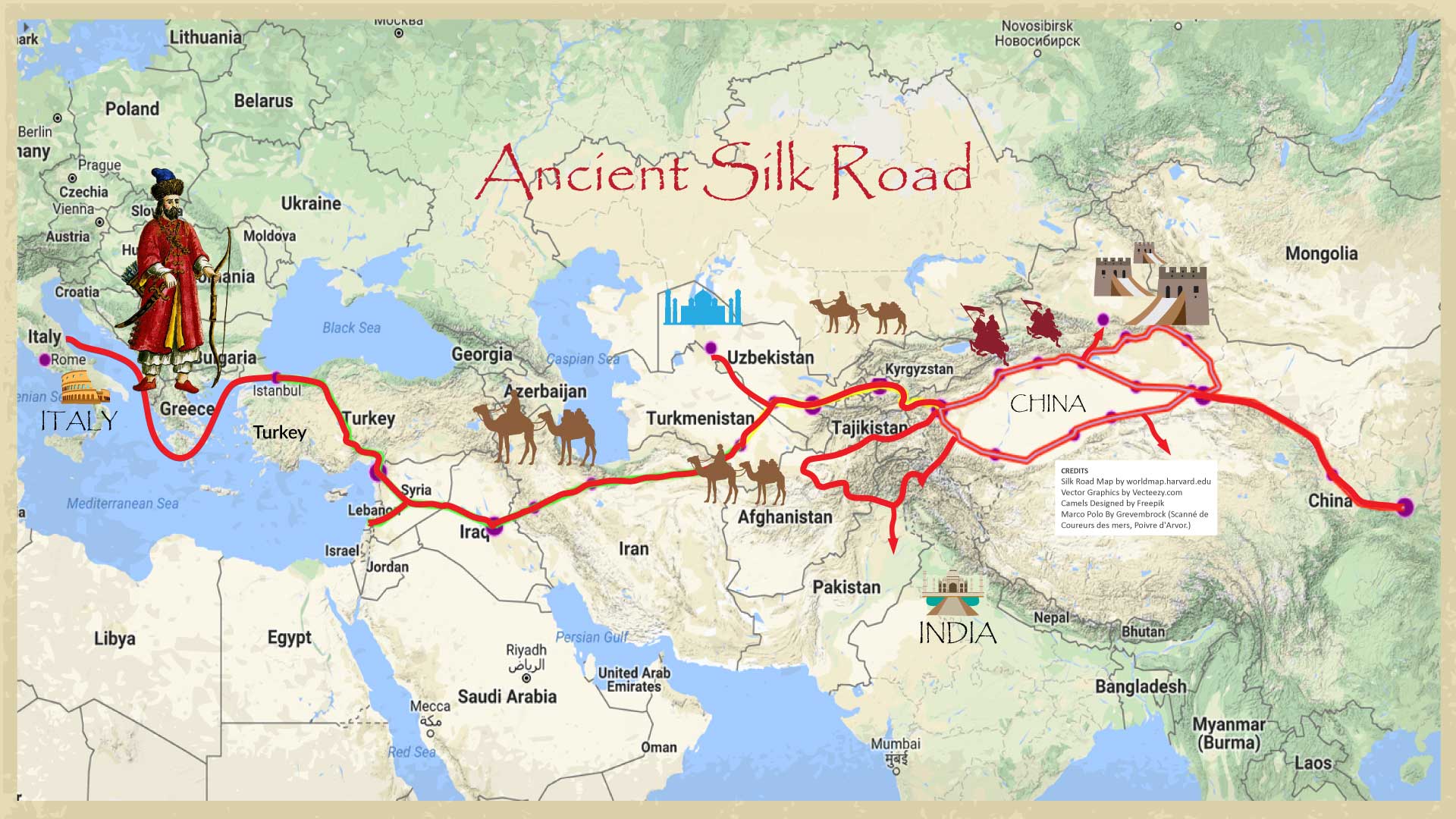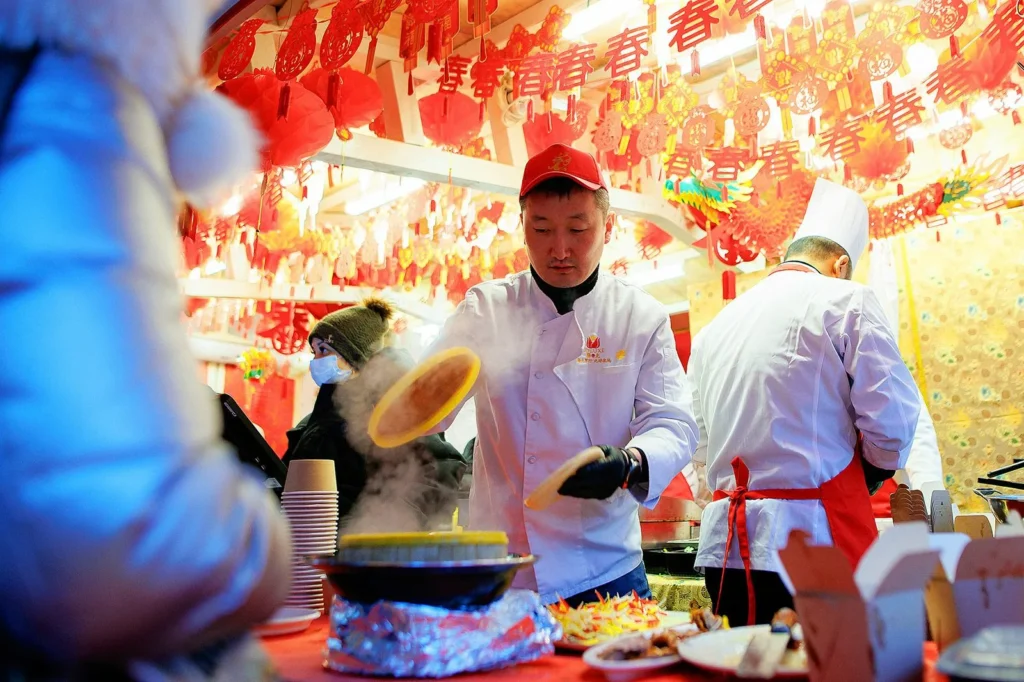Breaking News




Popular News














Silk Road travel — discover ancient Chinese routes, hidden cities, cuisine, and cultural events for today’s travelers seeking history and adventure.
Silk Road travel attracts adventurers and history enthusiasts from around the globe, offering a unique combination of culture, heritage, and exploration. Today, travelers can follow the same paths that once carried silk, spices, and precious goods, while enjoying modern infrastructure, culinary discoveries, and vibrant cultural events. Ancient cities, deserts, mountain passes, and bustling markets create a striking contrast between the past and present. Modern Silk Road travel allows visitors to explore lesser-known cultural centers, take part in festivals, and experience authentic local cuisine.

The Silk Road was not a single path but a network connecting China with Central Asia, the Middle East, and Europe:
These routes facilitated trade, cultural exchange, and the spread of technology. China exported silk, porcelain, and tea, while importing spices, metals, and textiles. Today, travelers can trace these historic routes and discover preserved architectural landmarks and traditional bazaars.

Modern journeys include both well-known and hidden destinations:
On average, travelers spend 12–15 days exploring key stops along the route, combining historical landmarks with cultural immersion.

Silk Road travel offers a chance to enjoy unique culinary experiences:
Travelers also participate in festivals such as the Xi’an Silk Festival, music and dance celebrations in Kashgar, and craft exhibitions in Lanzhou.
Modern Silk Road journeys include hiking through deserts and mountains, camel rides, cycling tours, and visits to ancient caravanserais. Travelers can combine historical exploration with adventure tourism, experiencing the stunning natural and cultural landscapes along the way.

What is Silk Road travel?
It is a journey along the historic Silk Road routes, blending culture, history, and modern adventure experiences.
Which cities are must-visits?
Xi’an, Lanzhou, Dunhuang, and Kashgar — each offering unique landmarks and cultural events.
How long does a typical journey take?
Most travelers spend 12–15 days covering key locations and exploring lesser-known cultural centers.
What activities are included?
Hiking, cycling, guided historical tours, festival participation, and traditional craft workshops.
Can culinary experiences be combined with history?
Yes, travelers enjoy tasting local dishes, participating in tea ceremonies, and joining culinary festivals along the Silk Road.